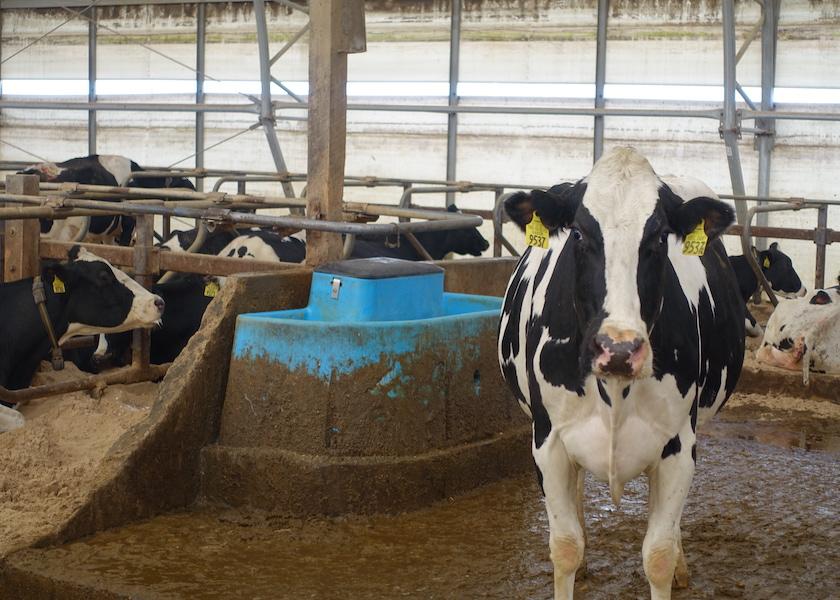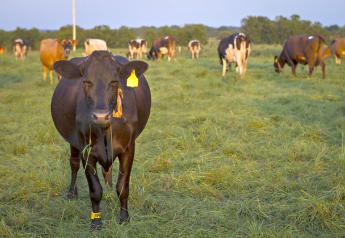Multiple Routes to Cattle Methane Reduction Explored

The “decarbonization” of agriculture is both an emerging buzzword and objective of climate-change proponents worldwide.
For the cattle industry, methane emissions are a flashpoint heavily targeted by climate activist groups and government policymakers alike. According to the United Nations Economic Commission for Europe, methane has a warming effect more than 30 times greater than carbon dioxide. But on the plus side, methane stays in the atmosphere for only about a decade, compared to the centuries that carbon dioxide persists.
That’s why measurably reducing methane from agriculture – which the United Nations Environment Programme (UNEP) says contributes about 40% of total global methane emissions – is viewed as a quick and efficient way to suppress greenhouse gases. In September 2021, the U.S. and European Union launched a joint Global Methane Pledge to reduce methane emissions by at least 30% by 2030.
Livestock production – which the UNEP said contributes about 32% of human-linked methane – is a popular target for climate complainants. Who could forget U.S. Representative Alexandria Ocasio Cortez’ infamous assertion that “farting cows” were responsible for the planet’s demise?
And yet, proactively limiting methane production may be the cattle industry’s most advisable route to preserving demand for real dairy and meat products. When created in “climate-friendly” fashion, these products could help deflect competition from alternatives like oat “milk,” avocado “ice cream,” and plant-based burgers. And they may even fetch a premium price.
There are a range of efforts underway worldwide to curb methane production by cattle, including:
- Bovaer®, a synthetic feed additive developed by Dutch bioscience company Royal DSM. The product contains 3-NOP, an organic compound that inhibits cows’ methane production. DSM said just a quarter teaspoon of Bovaer per cow per day suppresses the enzyme that triggers methane production in a cow’s rumen within 20 minutes after consumption, then is safely broken down into compounds already naturally present in the cow’s digestive system. It has been shown to consistently reduce enteric methane emission by approximately 30% for dairy cows and up to 90% for beef cows, with no impact on feed intake, production, product quality, or animal welfare. Bovaer has been used experimentally in Canada, and currently has secured regulatory approval in Chili and Brazil, with approval in the Europe and other regions expected soon.
- Asparagopsis seaweed is being researched as a feed additive for its similar ability to interrupt the enzymatic processes that produce methane. Research at the University of California-Davis has shown that feeding 3 ounces of seaweed per cow per day cuts methane production by more than 80%. Optimism about seaweed as a methane-busting feed additive has spurred development of Asparagopsis farms on the coasts of Australia, Hawaii and North America.
- KowbuchaTM – a clever twist on the hipster-friendly fermented beverage, kombucha – is under early-stage development by New Zealand-based dairy processing giant Fonterra Cooperative Group Ltd. Fonterra is digging into its century-old stores of cultures used for cheese and yogurt production to develop a fermented bovine cocktail to alter the digestive processes that produce methane.
Other approaches to cattle methane production in conceptual stages are a vaccine to produce methanogen-targeting antibodies; and genomic evaluation to identify and select animals that are naturally low-methane emitters.







